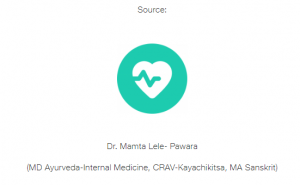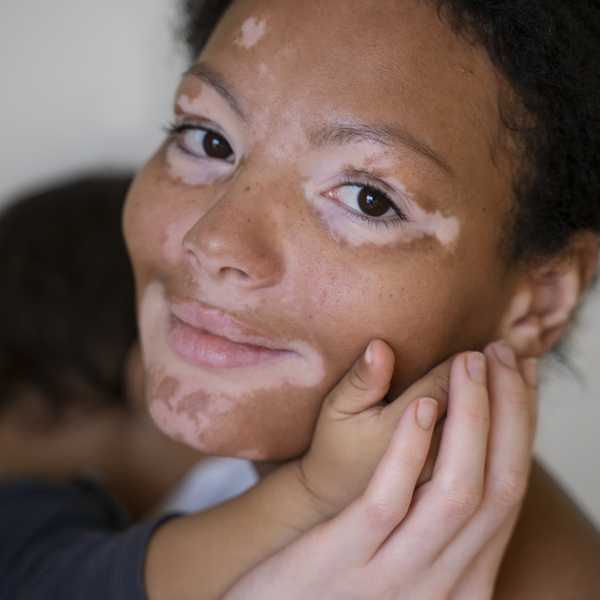[the_ad id=”6076″]
Vitiligo is a skin condition that affects millions of people worldwide, causing the loss of pigmentation in patches on the skin. While it is not a life-threatening condition, vitiligo can significantly impact a person’s self-esteem and quality of life. In this blog, we will delve into the causes, symptoms, and available treatment options for vitiligo, using accurate medical knowledge and facts.
Causes:
The exact cause of vitiligo remains unclear, but experts believe it is an autoimmune disorder. The immune system mistakenly attacks and destroys melanocytes, the cells responsible for producing melanin, the pigment that gives colour to the skin, hair, and eyes. Certain factors may contribute to the development of vitiligo, such as genetic predisposition, environmental triggers, and autoimmune diseases like thyroid disorders, diabetes, or pernicious anaemia.
Symptoms:
The appearance of white patches on the skin is the primary and classic symptom of vitiligo. These patches may be small initially but can gradually enlarge and merge over time. Vitiligo commonly affects areas exposed to the sun, such as the face, hands, arms, and feet, but it can also appear on the genitals, armpits, and other body folds. The progression and extent of the condition can vary greatly between individuals, with some experiencing stable patches, while others witness rapid spreading.
Prevalence:
Vitiligo affects people of all races and ethnicities, regardless of age or gender. Approximately 1-2% of the global population has vitiligo, making it a relatively common condition. Studies suggest that it affects both men and women equally, with most cases appearing before the age of 30. While anyone can develop vitiligo, individuals with a family history of the condition are at a higher risk.
Treatment:
While there is no cure for vitiligo, several treatment options can help manage the condition and improve the appearance of the affected skin. The choice of treatment depends on the individual’s preferences, the extent of the condition, and the presence of any associated autoimmune diseases. Here are some common treatment approaches:
- Topical corticosteroids: These creams or ointments can help re-pigment the skin by reducing inflammation and suppressing the immune response.
- Topical calcineurin inhibitors: Similar to corticosteroids, these medications help to restore skin colour by modulating the immune system’s response.
- Narrowband ultraviolet B (NB-UVB) therapy: This involves exposing the affected skin to a specific wavelength of UVB light, which stimulates re-pigmentation.
- Excimer laser: A concentrated beam of UVB light targets specific patches, promoting re-pigmentation while minimizing exposure to healthy skin.
- Depigmentation: In extensive cases where re-pigmentation is not feasible or desired, depigmentation can be an option. This involves lightening the unaffected skin to achieve a more uniform appearance.
It is essential to consult a dermatologist to determine the most appropriate treatment for an individual’s specific condition.
Lifestyle changes and some home remedies:
If you have vitiligo, you can take the following self-care measures to care for your skin and enhance its appearance:
- Shield your skin from the sun and artificial sources of UV light. Apply a broad-spectrum, water-resistant sunscreen with an SPF of at least 30. Be generous with the sunscreen application and reapply it every two hours, or more frequently if you’re swimming or perspiring.
- Seek shade and wear protective clothing that covers your skin when exposed to the sun. Avoid using tanning beds and sunlamps altogether.
- Safeguarding your skin from the sun not only helps prevent sunburn on the discoloured areas but also reduces tanning, which can make the vitiligo patches more noticeable.
- Camouflage the affected skin using makeup and self-tanning products. These can help minimize the contrast in skin colour. It may be necessary to experiment with different brands of makeup or self-tanners to find one that blends well with your natural skin tone. Self-tanning products typically have a gradual fading effect over a few days and do not wash off. If you opt for a self-tanner, ensure it contains dihydroxyacetone, which is approved by the U.S. Food and Drug Administration.
- Refrain from getting tattoos, as any skin damage caused by the tattooing process can potentially trigger the appearance of new vitiligo patches within a couple of weeks.
By implementing these lifestyle practices and home remedies, you can effectively manage vitiligo and promote healthier-looking skin.
Living with Vitiligo:
Vitiligo not only affects the physical appearance but can also have a significant impact on a person’s emotional well-being. It is crucial to provide support, education, and awareness about vitiligo to promote acceptance and understanding. Various organizations on mental health are available to offer resources, counselling, and a sense of community to those affected by vitiligo.
In conclusion, vitiligo is a relatively common skin condition characterized by the loss of pigmentation in patches on the skin. While the exact cause is still unknown, vitiligo is believed to be an autoimmune disorder. Although there is no cure, several treatment options are available to manage the condition and improve the appearance of the affected skin. By fostering understanding and support, we can create a more inclusive and accepting society for individuals living with vitiligo.

